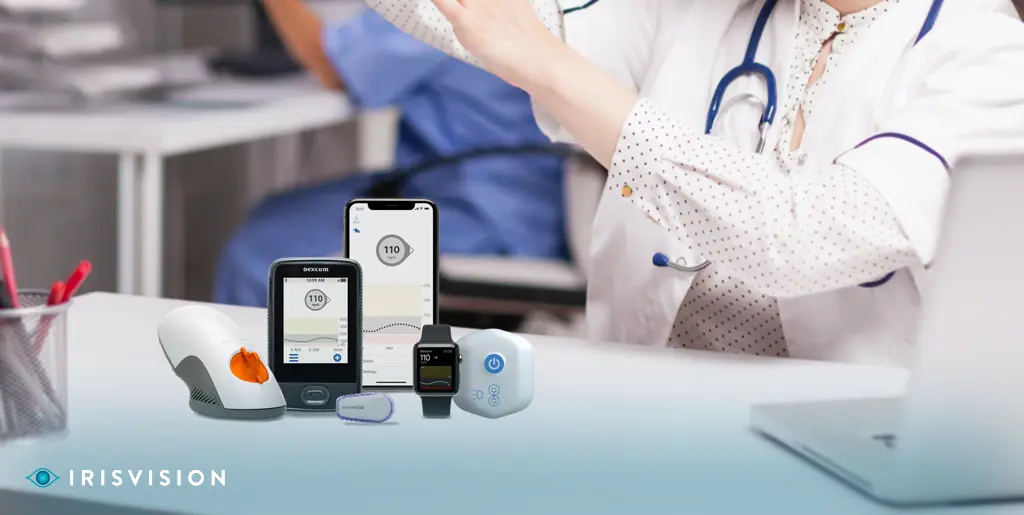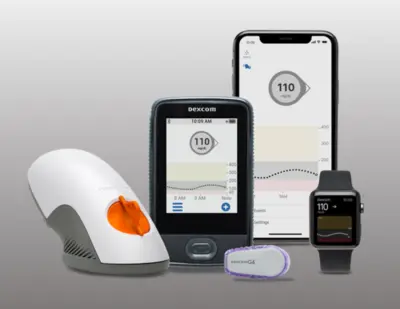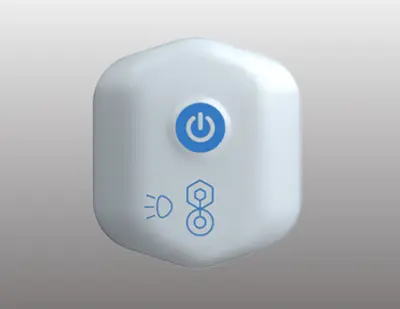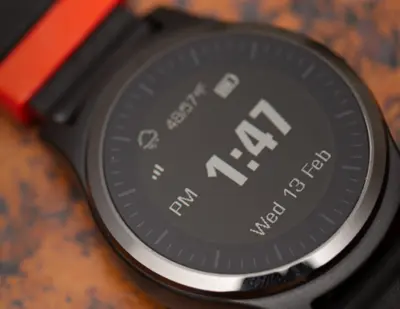
#LIVE2.0 #Review
After witnessing the revolutionary technology many healthcare systems have shifted towards remote patient monitoring. It is without a doubt the most remarkable tool that improves outcomes as decreases costs for patients and service providers, alike.
The communications technology created to increase efficient interaction has enabled a type of patient care that extends to the most remote parts of the globe connecting patients with physicians, maintaining constant engagement between patients and service providers, through the continuous stream of real-time health data.
A case study featured in the Harvard Business Review in 2020 reported: “ Ochsner Medical Center in New Orleans developed a digital hypertension program staffed by pharmacists, who monitored 6,000 high-risk patients’ blood pressure readings remotely and followed up with patients via text and email. This program resulted in a significant increase in the proportion of patients who met their blood pressure goals.”
And as remote patient monitoring technology advances becoming smarter and more affordable- a lot of new innovative devices have emerged in the market available for hospitals and clinics with an aim to provide new potential revenue channels.
Communication technology has enabled patients and service providers to interact and engage – as well as proves to be a significant tool in helping patients heal and recover at a much faster pace.
Moreover, remote patient monitoring devices are being adopted at a rapid pace due to the level of trust and transparency they provide.
The technology allows providers to have a deeper understanding of the condition a patient is suffering from as well as guides decision-making concerning treatment options.
Simultaneously delegating healthcare users to conduct self-help tests and providing more control of their care plans. While the service providers constantly receive a stream of carefully monitoring data to assess and evaluate better outcomes.
Remote monitoring devices have certainly reduced costs while prioritizing comfort and convenience for both patients and service providers alike. From lower readmission rates in ERs to saving time and costs during travel – has helped preserve time and energy needed by patients to heal.
This significantly also reduces stress and anxiety for patients who previously had to overcome several socio-economic obstacles to receive a successful treatment protocol.
Such technology and connectivity enable the healthcare sector to effectively manage people with disabilities, chronic conditions, or aging populations with mobility impairments.
Enabling patients to regain control of their lives – remote patient monitoring devices help reduces in-person tests, appointments, or the need to be hospitalized.
Though there have been remarkable contributions made by remote patient monitoring such as efficient and effective remote consultation, rapid response management however there are other transformations such as increasing the availability of bed space at medical centers that can be allocated for patients with severe conditions and emergency injuries.
Let’s take a look at some of the remote patient monitoring devices that have improved the quality of care while reducing costs for healthcare organizations and patients using artificial intelligence and monitoring technologies.



Support
See and Connect Today!
IrisVision Global, Inc.
5994 W. Las Positas Blvd, Suite 101
Pleasanton, CA 94588
Email: [email protected]
Support: +1 855 207 6665
Support
See and Connect Today!
IrisVision Global, Inc.
5994 W. Las Positas Blvd, Suite 101
Pleasanton, CA 94588
USA Email: [email protected]
Support: +1 855 207 6665
Support
See and Connect Today!
IrisVision Global, Inc.
5994 W. Las Positas Blvd, Suite 101
Pleasanton, CA 94588
Email: [email protected]
Support: +1 855 207 6665